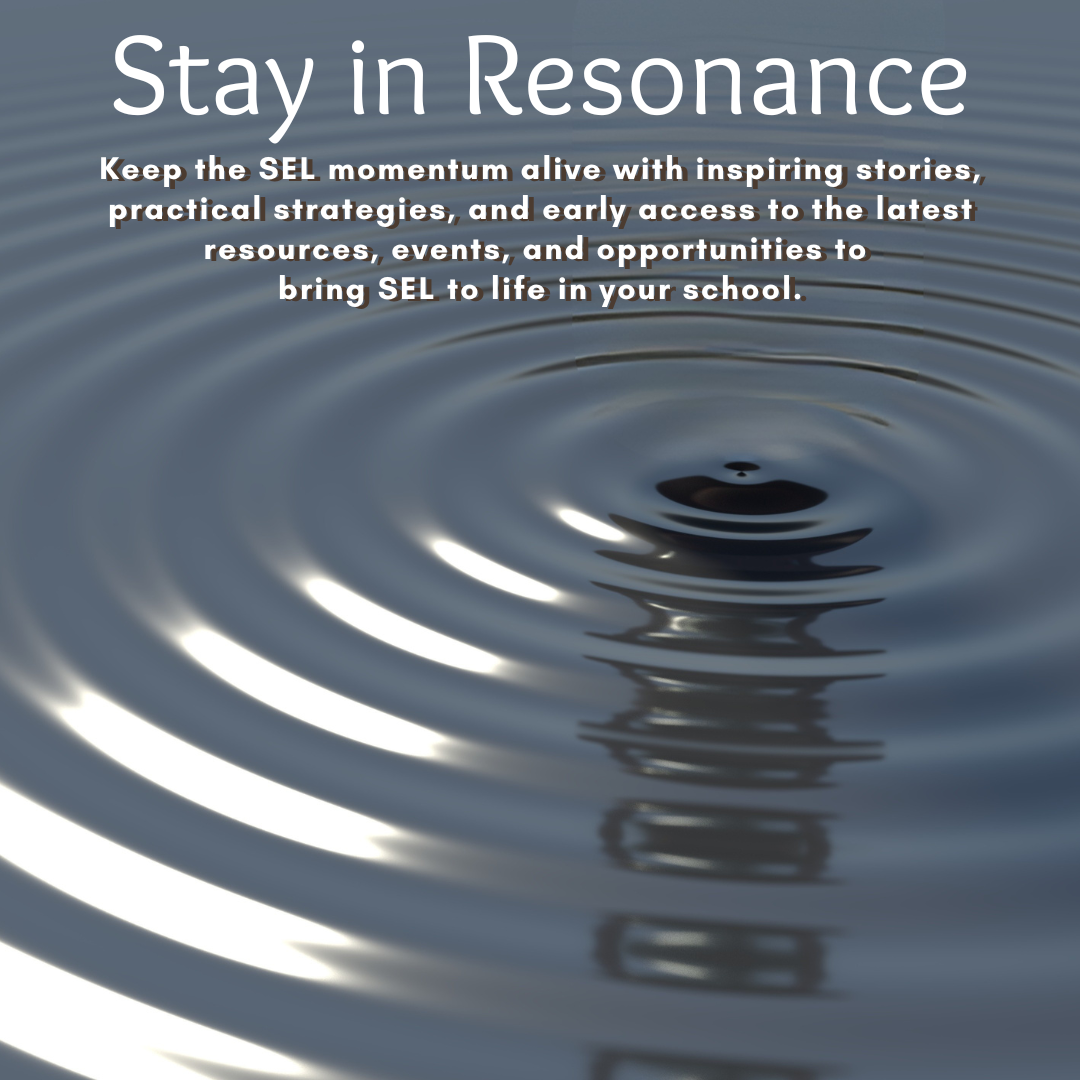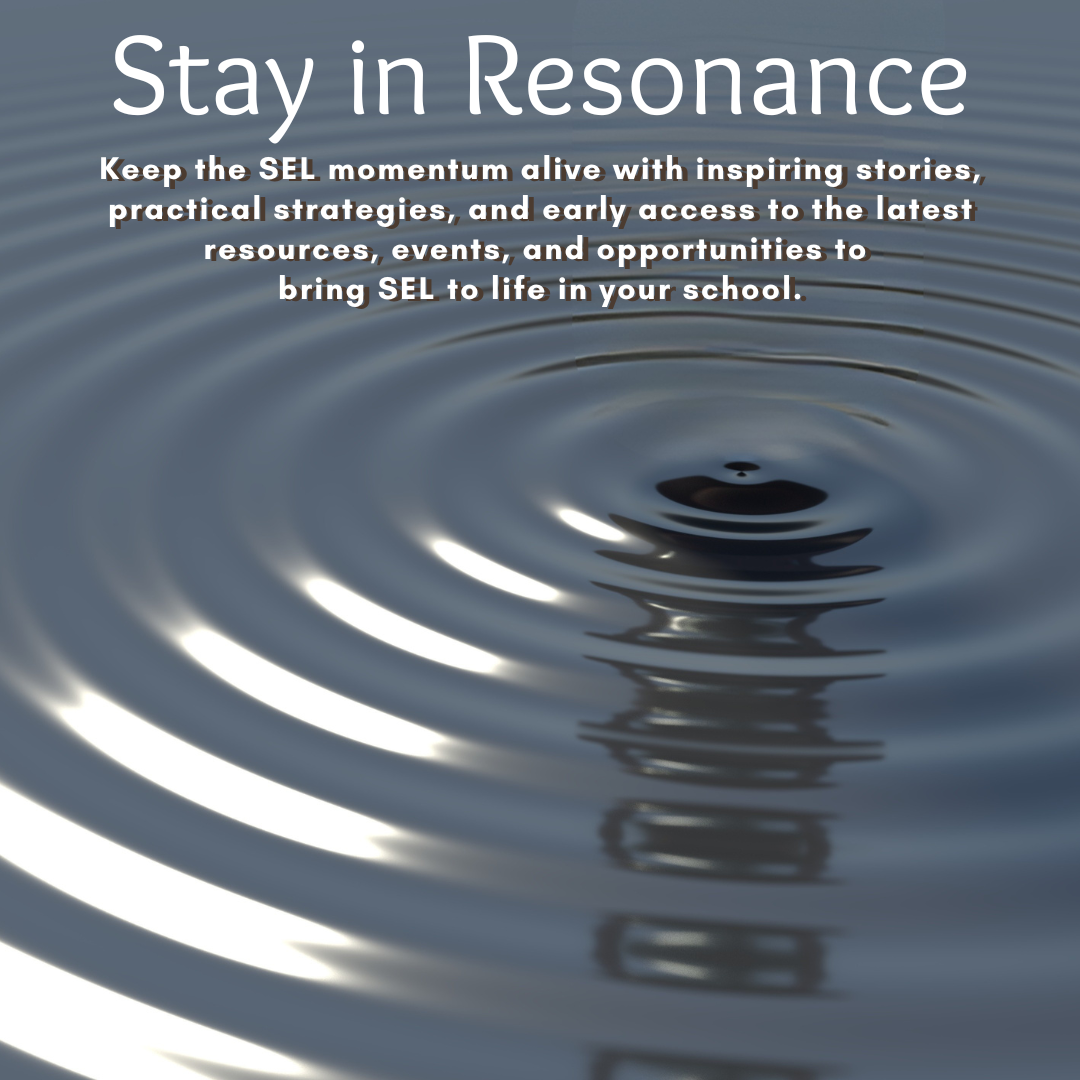045: To Do Or Not To Do: Poverty Simulations
Dec 15, 2022
In October, I facilitated a session on Reaching Students Who Are Experiencing Poverty in Illinois. We discussed how poverty impacts the brain and learning. We explored ways teachers can foster positive relationships with families and students experiencing poverty. In addition, we examined policies, procedures, and practices that might inadvertently embarrass or harm these students - and brainstormed ways to interrupt them.
Near the end of the session, an educator asked me if I had facilitated any poverty simulations or knew of any that I’d recommend. I mentioned that while I had participated in these simulations in the past - and even facilitated them myself, I no longer did so. In my experience, simulations of this nature have to be facilitated very carefully to ensure that participants who experienced poverty are not re-traumatized and the process does not trivialize the realities of poverty or reinforce stereotypes.
In place of simulations, I’d recommend dedicating ample time to listening to and connecting with the families and students to understand their experiences.
For in-session experiences, a friend and colleague shared a newly funded Kickstarter game called The Disparity Trap: The Unfair Game of Life, a board game that tackles the concepts of racism, privilege, and socioeconomic status. I have ordered it (it should be arriving within the next two weeks) and will spend time playing the game to see if it is worth using as a learning tool in professional development.
An educational leader in Illinois recommended the website PlaySpent, an online simulation launched in 2011 by the McKinney and Urban Ministries of Durham. The simulation takes you through a month of difficult decisions and realistic challenges, leaving you to see the impact on your family, bank account, and relationships.
Another strong recommendation is to introduce case studies. Dr. Paul Gorski and Seema Pothini have written a book titled Case Studies on Diversity and Social Justice (2nd ed.). Gorkski and Pothini offer 42 case studies organized by topics such as socioeconomic status, immigration status, race, ethnicity, religion, biological sex and gender, (dis)ability, and language. Each case study is cross-referenced to address instructional policies and practices such as curriculum, discipline and classroom management, school culture, programs, classroom practices, and bias and bullying.
Have you participated in or facilitated a meaningful simulation on experiencing poverty and how it impacts learning? What other resources and strategies have you found beneficial in expanding educators’ awareness and understanding of poverty?


